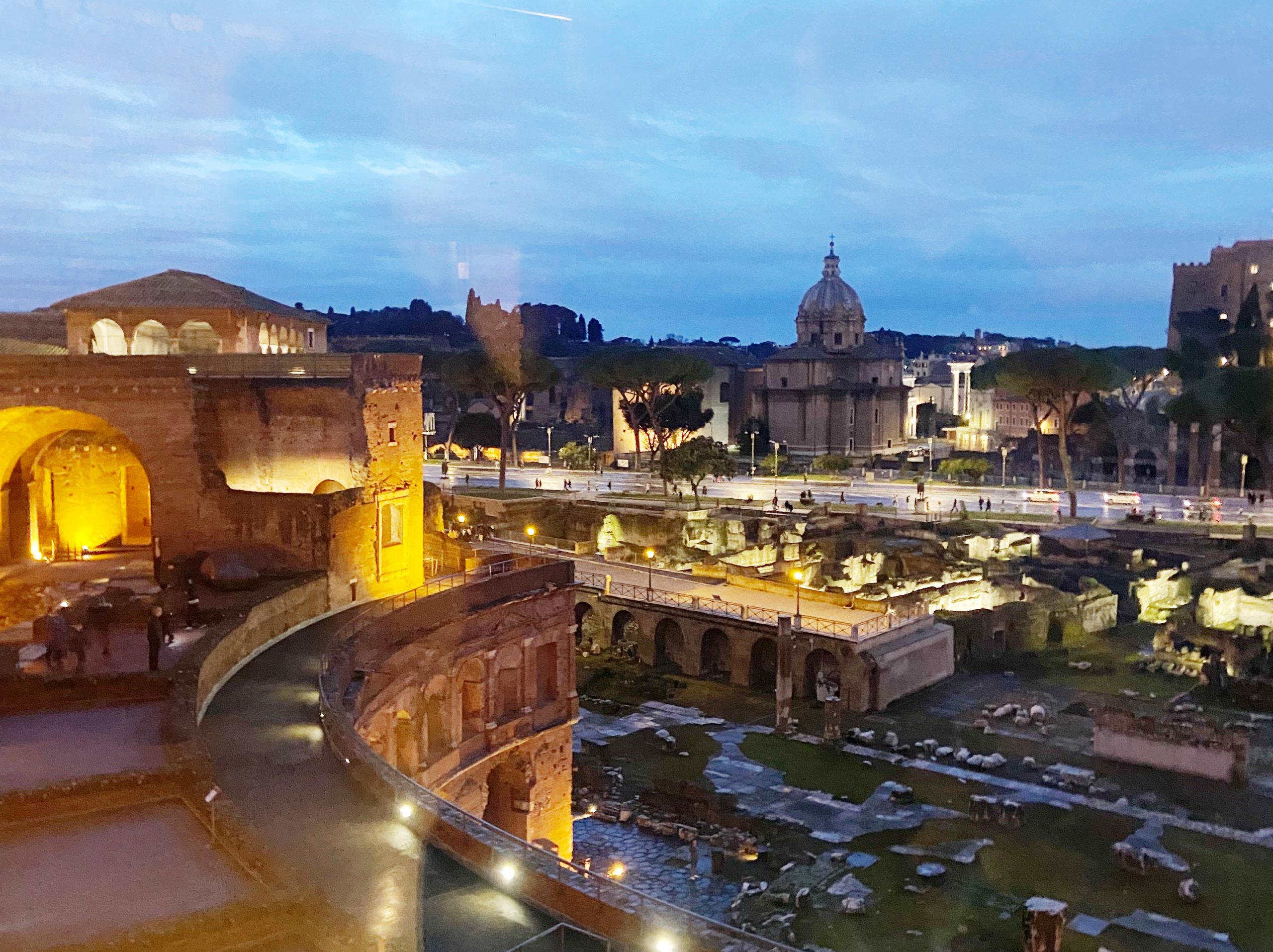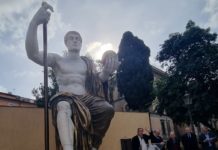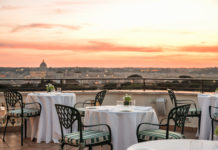Mercati di Traiano & Imperial Forum Museum is a fascinating exhibit situated in the center of Rome. In its prime, during the Emperor Trajan’s rule in 100AD, this museum was home to over 100 markets spread throughout its 6 floors. Whether you are visiting with family, or studying abroad in Rome, this museum is a must see. Additionally, with the purchase of a MiC card (€5) you can enter this museum for free as well as others!
THE BUILDING
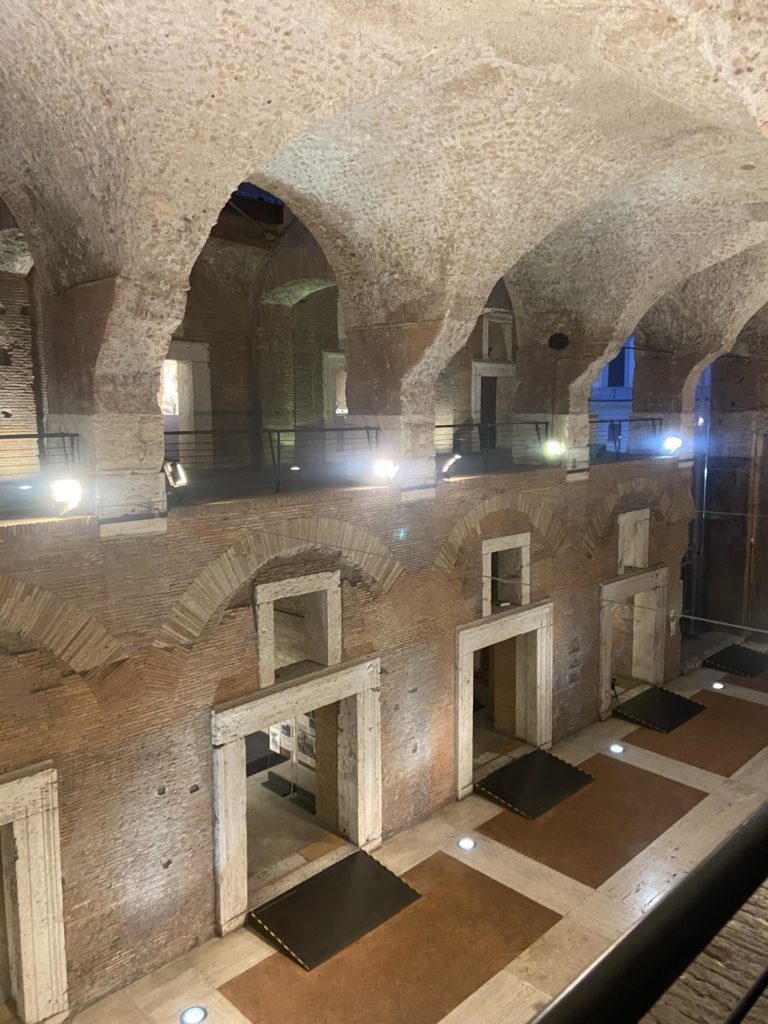
The structure of Mercati di Traiano itself was built in 113 AD and still stands with majority of its original materials. When you step inside, you will first see a long, brick hallway lined with rooms on each side. A brick material surrounds a cement interior to ensure the long-lasting ability of the building. Also, the semi-circle shape of the entire market was designed in order to allow for the most natural light to enter, since building it in a straight line would not allow for nearly as much brightness. Again, this unique structure and design contributed to the long-lived life of the exhibition and is just one reason why you should visit.
THE LOCATION
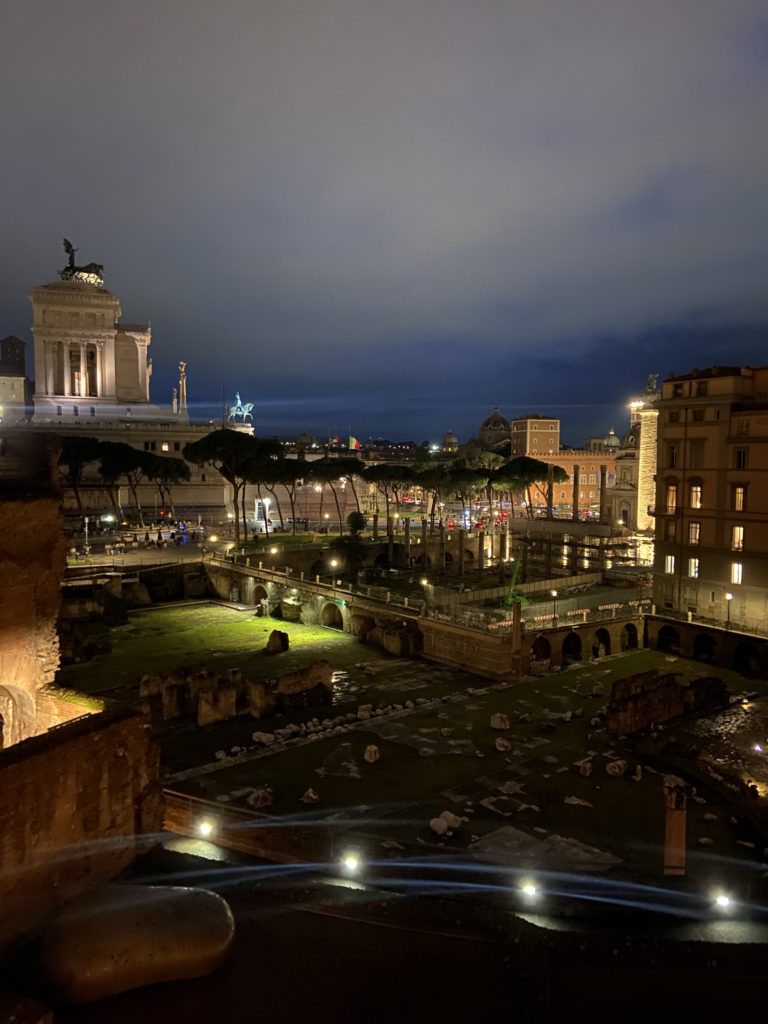
Meracti di Traiano is settled in the heart of Rome near the Roman Forum and Trajan’s column. When you enter the museum and go upstairs you will walk along a hallways filled with large windows displaying a beautiful view of several ancient remains from Trajan’s time as well as the Altar of the Fatherland. Additionally, when you step outside onto the balcony area you will have a wonderful view of the center of the city, and for those of you who are studying abroad; a great place for pictures!
THE ARTIFACTS
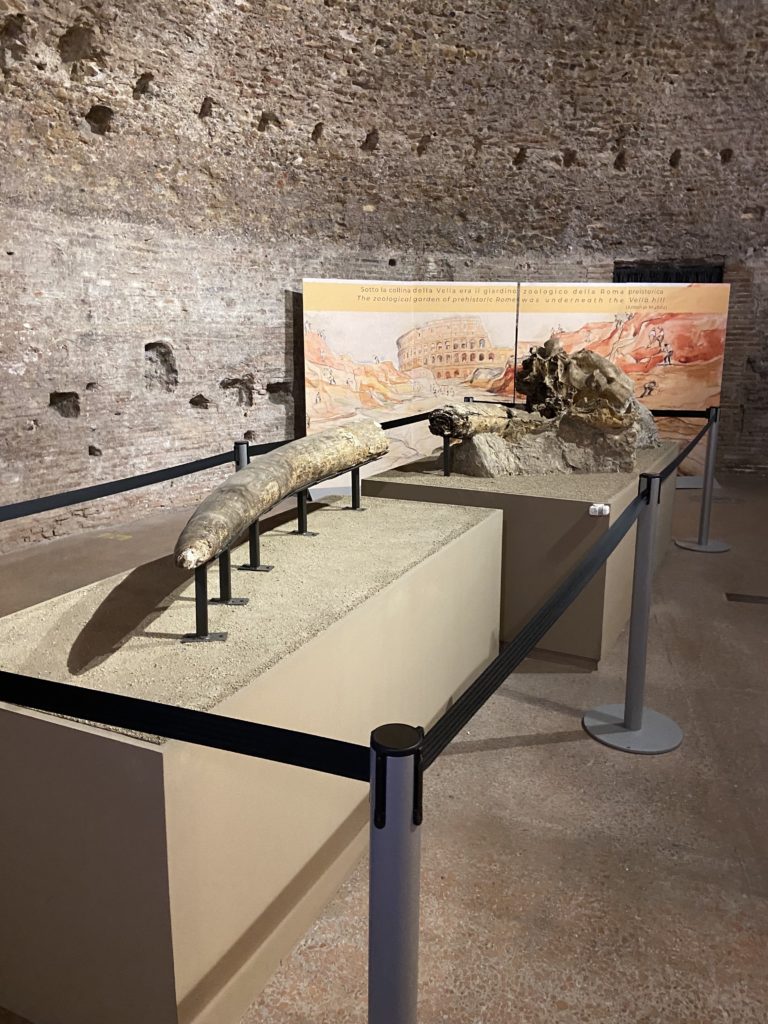
Finally, spread all throughout the rooms of the museum is pieces of ancient roman building remains and statues that were built during the time of the Emperor Trajan. These sculptures were preserved to highlight the architecture and décor that was seen in the original markets, back when the structure would be filled with vendors and shoppers. You can see an array of statues, pottery, and even elephant tusks, as well as the original bricked archways all along the pathways inside.
Ryann Miller


